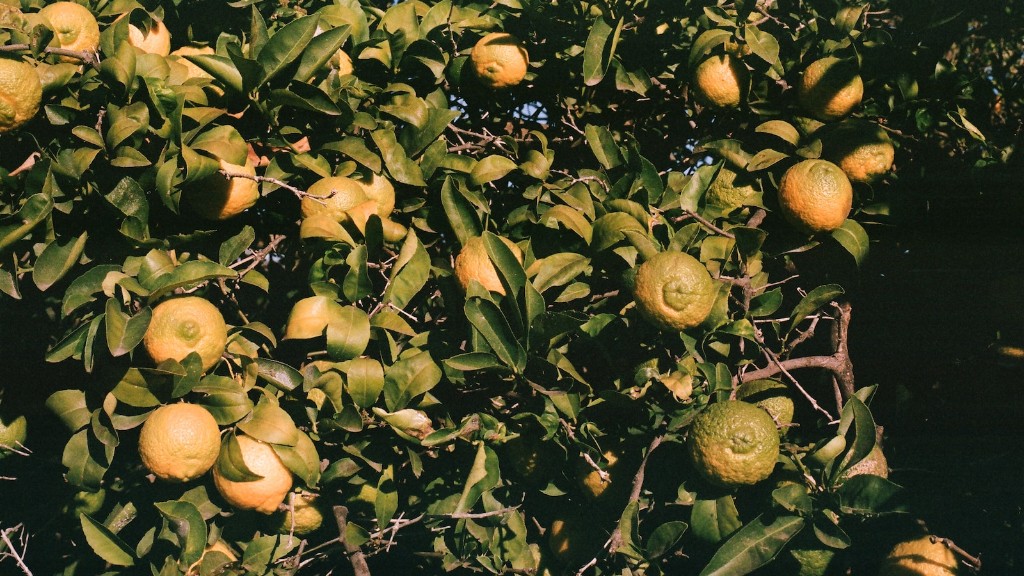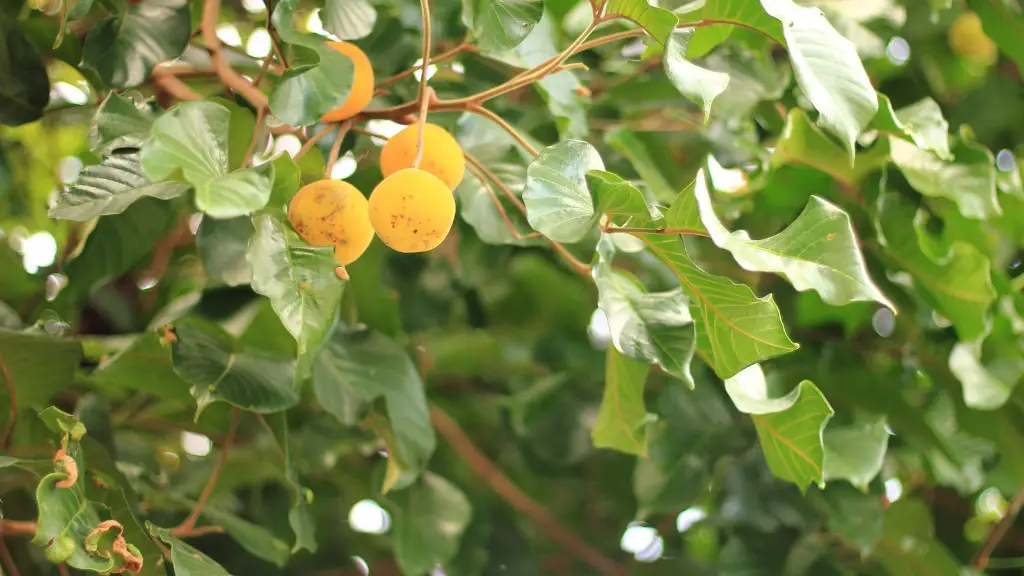Taking care of a lemon tree requires the right environment and schedule for the tree. In order for the tree to thrive, knowing when to bring a lemon tree outside is essential to its success. A lemon tree will fruit best when planted in a warm environment and exposed to eight hours of sunlight a day. However, there are certain precautions to keep in mind before bringing the tree out.
Timing is essential when bringing a lemon tree outside. During the winter months, the tree wants to go dormant – meaning it’s time to move it into a cooler climate. On the other hand, during the summer months, bring it outside when temperatures are consistently warm. In colder climates, lemon trees must be moved back indoors for the duration of the winter. It is important to ensure the trunk is well insulated when the tree is brought into its new location.
Caring for the tree once it has been filled outside is paramount. Making sure it gets an adequate amount of sunshine, water, and air circulation are important. Regular pruning will help keep the tree healthy and provide sunlight and air to each branch. Pruning should be done with both an open hand and sharp pruners- strategic pruning will help the tree to produce abundance of fruit.
Pest control is also an important measure to keep in mind to protect the tree. Before bringing the tree outdoors, use insecticide to make sure the tree is insect-free. Insecticidal soaps are the best solution for controlling unwanted insects, as they are low in toxicity, and easy to use. Afterwards, monitor the tree for when pests re-appear and treat accordingly.
Fertilizing the tree plays an important role in keeping it healthy. A balanced fertilizer should be applied to the soil every four to six weeks. After a few months, begin to reduce fertilizer amounts and discontinue throughout winter months. Compost is also an excellent and nutrient-rich addition to the soil when coupled with fertilizer.
Identifying The Location
Lemon trees require ample space to grow without the risk of damage. A bright, sheltered spot near a wall or fence is recommended to protect against wind and frost. If planted in the ground, the soil should be well-drained, slightly acidic, and soil should be turned over to allow greater access to oxygen and nutrients. If the soil has been previously used, be sure to clean and disinfect it, while ensuring there are no weed roots that could infect the tree.
Repotting The Tree
On an annual basis, a lemon tree should be repotted to encourage growth and keep it healthy. The sickle method is the recommended repotting method for lemon trees, as it allows for each root to remain intact, preventing stress and disturbance to the tree. Begin by layering fresh soil at the edge of its pot, so you can slide the tree out. Continue to fill the edge to create a wall of soil, and then use a spoon to evenly spread the soil around the edges. Once the tree is in its new place, use mulch to keep the roots moist and warm, and water the tree.
Humidity And Light Requirements
Humidity levels should be monitored with a humidity meter and kept between 30-50%. During the summer months, it may be necessary to spray the tree with regular misting in order to maintain the right level of humidity. Despite its need for warmth, a lemon tree should be shielded from extreme sunlight to prevent it from becoming overwatered or sunburnt. Setting up an awning or shed-like structure over the tree’s foliage is recommended.
Keeping An Eye Out For Signs
It is important to be mindful of the health of the tree. Withering leaves and branch tips indicate the lemon tree is suffering from a lack of nourishment and water. Additionally, a lemon tree’s trunk loses its black texture over time when it is not getting enough water, or when it has become diseased. Observing the sign of pest presence such as mealybugs or scale insects, as these will begin to suck the tree’s soil out of the pot and cause it to become dry.
Checking For Ripeness
When ripe, the fruit will lose their green color and darken to a yellow hue. the fruit can be picked by lightly tugging the fruit off the tree’s branches. Lemon trees produce fruits year-round, but produce the most during the summer months when planted in a warm environment. The fruit should be harvested as soon as it is ripe, as lemon fruit can easily spoil when exposed to direct sunlight or left on the tree.
Preventing Disease
Diseases can occur if the tree is exposed to wet or moist climate for long periods of time. If leaves appear yellow or brown, or if bark on the trunk begins to rot, the tree should be monitored for disease, and immediate action should be taken. Regular insect and pest control, making sure the tree is not exposed to cold, and ensuring there is enough warmth and light can help prevent the lemon tree from becoming weak and developing disease.


